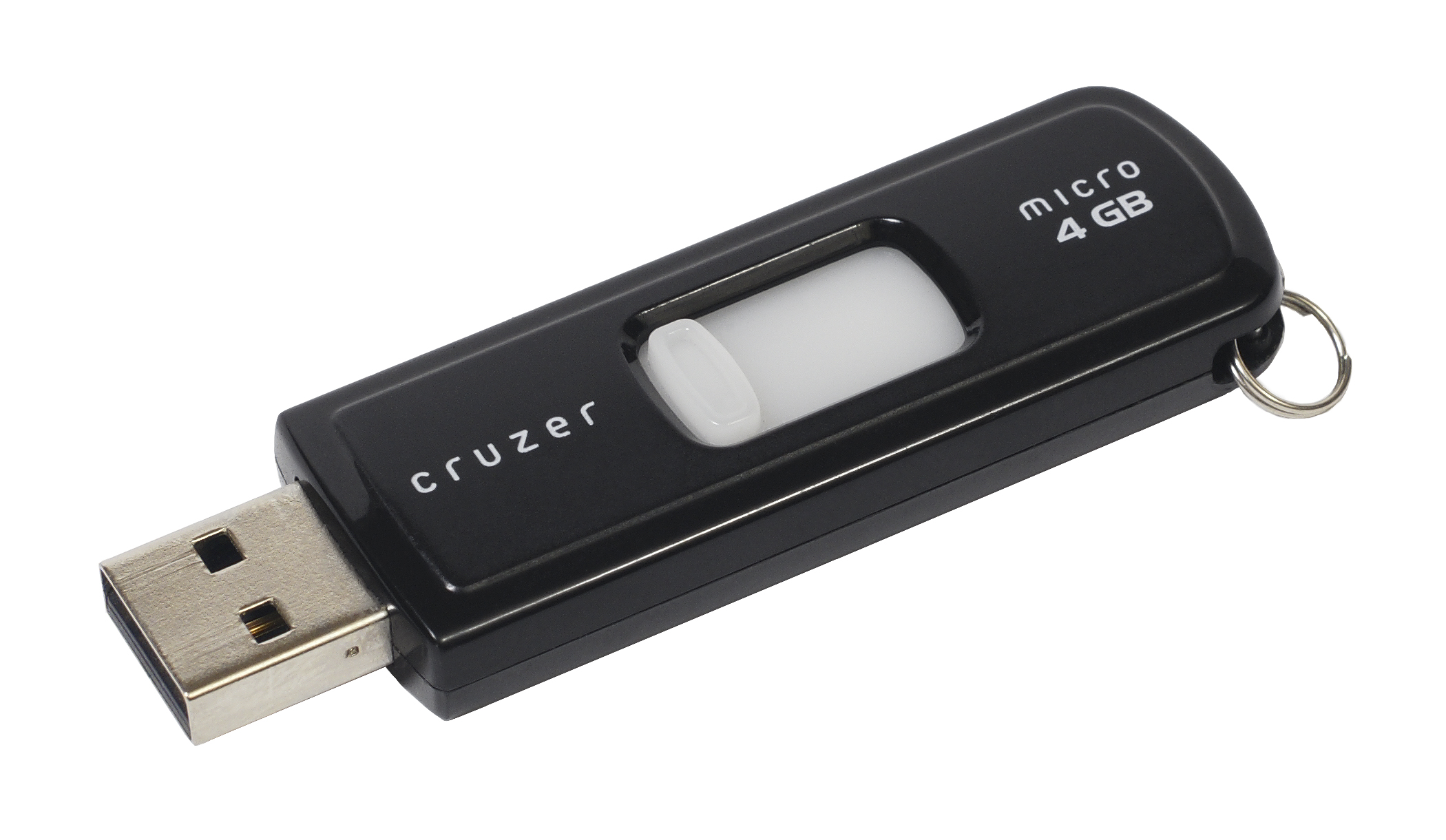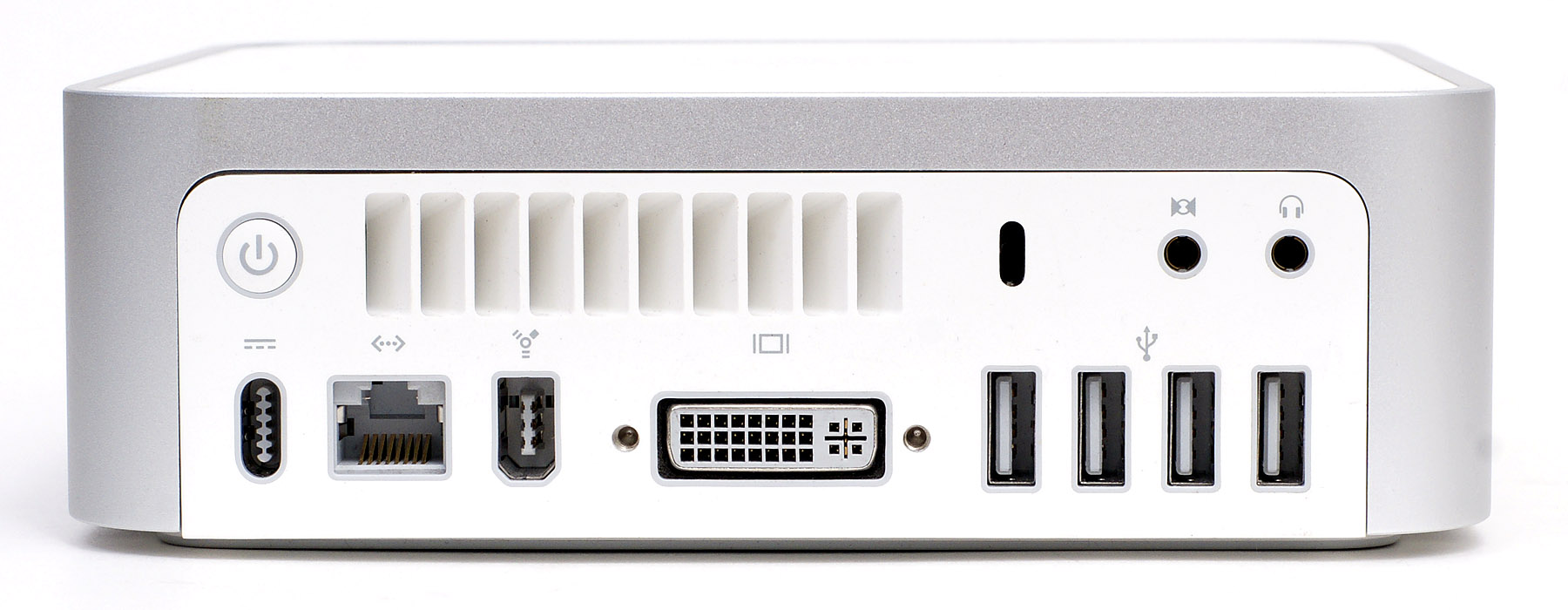|
DiskOnKey
M-Systems Ltd., (sometimes spelled msystems) was a Nasdaq-listed Israeli producer of flash memory storage products founded in 1989 by Dov Moran and Aryeh Mergi, based in Kfar Saba, Israel. They were best known for developing and patenting the first solid-state drive, flash drive, marketed in 1995 as ''DiskOnChip'', and the first USB flash drive, marketed in 2000 as ''DiskOnKey''. They also created the patented TrueFFS, True Flash Filing System (TrueFFS) which presented the flash memory as a disk drive to the computer. They also produced flash solid state drives for Parallel ATA, PATA, Serial ATA, SATA, SCSI and Serial Attached SCSI, SAS interfaces. After 17 years of business, they were acquired by their prior competitor, SanDisk, in 2006. The DiskOnChip (DOC) was developed at the R&D Center established by M-Systems called EUROM. Rick Iorillo, Rony Levy and David Deitcher were the individuals that worked on the development and marketing of the first 2 Mebibyte, MB DOC. This ... [...More Info...] [...Related Items...] OR: [Wikipedia] [Google] [Baidu] |
Dov Moran
Dov Moran (; born July 29, 1955) is an Israeli businessman, electrical engineer, inventor, investor, and writer. He is best known as the inventor of the USB memory stick, and one of the most prominent Israeli hi-tech leaders. Biography Dov Moran was born in Ramat Gan, Israel, to a family of Holocaust survivors who immigrated to Israel from Poland. His father, Baruch Mintz, came from a well-off family from Krosno. The only Mintz family members who managed to survive the Holocaust were Dov's father and grandfather who began a new life in Israel. Dov's mother, Bina Gever, immigrated to Israel with her family who escaped Blonie. His interest in high-technology was obvious from his childhood days. At the age of ten he used to order electronic components and digital watch parts from MAD magazine, with the intention to create new improved devices, however, as he later testified, no significant results were achieved. In the following years, his intellectual curiosity and talent starte ... [...More Info...] [...Related Items...] OR: [Wikipedia] [Google] [Baidu] |
USB Flash Drive
A flash drive (also thumb drive, memory stick, and pen drive/pendrive) is a data storage device that includes flash memory with an integrated USB interface. A typical USB drive is removable, rewritable, and smaller than an optical disc, and usually weighs less than . Since first offered for sale in late 2000, the storage capacities of USB drives range from 8 megabytes to 256 gigabytes (GB), 512 GB and 1 terabyte (TB). As of 2024, 4 TB flash drives were the largest currently in production. Some allow up to 100,000 write/erase cycles, depending on the exact type of memory chip used, and are thought to physically last between 10 and 100 years under normal circumstances (Digital permanence, shelf storage time). Common uses of USB flash drives are for storage, supplementary data backup, back-ups, and transferring of computer files. Compared with floppy disks or Compact disc, CDs, they are smaller, faster, have significantly more capacity, and are more durable due to ... [...More Info...] [...Related Items...] OR: [Wikipedia] [Google] [Baidu] |
Public Company
A public company is a company whose ownership is organized via shares of share capital, stock which are intended to be freely traded on a stock exchange or in over-the-counter (finance), over-the-counter markets. A public (publicly traded) company can be listed on a stock exchange (listing (finance), listed company), which facilitates the trade of shares, or not (unlisted public company). In some jurisdictions, public companies over a certain size must be listed on an exchange. In most cases, public companies are ''private'' enterprises in the ''private'' sector, and "public" emphasizes their reporting and trading on the public markets. Public companies are formed within the legal systems of particular states and so have associations and formal designations, which are distinct and separate in the polity in which they reside. In the United States, for example, a public company is usually a type of corporation, though a corporation need not be a public company. In the United Kin ... [...More Info...] [...Related Items...] OR: [Wikipedia] [Google] [Baidu] |
Computer Port (hardware)
A computer port is a hardware piece on a computer where an electrical connector can be plugged to link the device to external devices, such as another computer, a peripheral device or network equipment. This is a non-standard term. Electronically, the several conductors where the port and cable contacts connect, provide a method to transfer data signals between devices. Bent pins are easier to replace on a cable than on a connector attached to a computer, so it was common to use female connectors for the fixed side of an interface. Computer ports in common use cover a wide variety of shapes such as round ( PS/2, etc.), rectangular (FireWire, etc.), square ( Telephone plug), trapezoidal ( D-Sub — the old printer port was a DB-25), etc. There is some standardization to physical properties and function. For instance, most computers have a keyboard port (currently a Universal Serial Bus USB-like outlet referred to as USB Port), into which the keyboard is connected. Ph ... [...More Info...] [...Related Items...] OR: [Wikipedia] [Google] [Baidu] |
Mebibyte
The byte is a units of information, unit of digital information that most commonly consists of eight bits. Historically, the byte was the number of bits used to encode a single character (computing), character of text in a computer and for this reason it is the smallest address space, addressable unit of Computer memory, memory in many computer architectures. To disambiguate arbitrarily sized bytes from the common 8-bit computing, 8-bit definition, Computer network, network protocol documents such as the Internet Protocol () refer to an 8-bit byte as an Octet (computing), octet. Those bits in an octet are usually counted with numbering from 0 to 7 or 7 to 0 depending on the bit numbering, bit endianness. The size of the byte has historically been Computer hardware, hardware-dependent and no definitive standards existed that mandated the size. Sizes from 1 to 48 bits have been used. The six-bit character code was an often-used implementation in early encoding systems, and compute ... [...More Info...] [...Related Items...] OR: [Wikipedia] [Google] [Baidu] |
Enclosure
Enclosure or inclosure is a term, used in English landownership, that refers to the appropriation of "waste" or "common land", enclosing it, and by doing so depriving commoners of their traditional rights of access and usage. Agreements to enclose land could be either through a formal or informal process. The process could normally be accomplished in three ways. First there was the creation of "closes", taken out of larger common fields by their owners. Secondly, there was enclosure by proprietors, owners who acted together, usually small farmers or squires, leading to the enclosure of whole parishes. Finally there were inclosure act, enclosures by acts of Parliament. The stated justification for enclosure was to improve the efficiency of agriculture. However, there were other motives too, one example being that the value of the land enclosed would be substantially increased. There were social consequences to the policy, with many protests at the removal of rights from the comm ... [...More Info...] [...Related Items...] OR: [Wikipedia] [Google] [Baidu] |
Flash Controller
A flash memory controller (or flash controller) manages data stored on flash memory (usually NAND flash) and communicates with a computer or electronic device. Flash memory controllers can be designed for operating in low duty-cycle environments like memory cards, or other similar media for use in PDAs, mobile phones, etc. USB flash drives use flash memory controllers designed to communicate with personal computers through the USB port at a low duty-cycle. Flash controllers can also be designed for higher duty-cycle environments like solid-state drives (SSDs) used as data storage for laptop computer systems up to mission-critical enterprise storage arrays. Initial setup After a flash storage device is initially manufactured, the flash controller is first used to format the flash memory. This ensures the device is operating properly, it maps out bad flash memory cells, and it allocates spare cells to be substituted for future failed cells. Some part of the spare cells is also ... [...More Info...] [...Related Items...] OR: [Wikipedia] [Google] [Baidu] |
Device Driver
In the context of an operating system, a device driver is a computer program that operates or controls a particular type of device that is attached to a computer or automaton. A driver provides a software interface to hardware devices, enabling operating systems and other computer programs to access hardware functions without needing to know precise details about the hardware being used. A driver communicates with the device through the computer bus or communications subsystem to which the hardware connects. When a calling program invokes a routine in the driver, the driver issues commands to the device (drives it). Once the device sends data back to the driver, the driver may invoke routines in the original calling program. Drivers are hardware dependent and operating-system-specific. They usually provide the interrupt handling required for any necessary asynchronous time-dependent hardware interface. Purpose The main purpose of device drivers is to provide abstraction b ... [...More Info...] [...Related Items...] OR: [Wikipedia] [Google] [Baidu] |
Computer
A computer is a machine that can be Computer programming, programmed to automatically Execution (computing), carry out sequences of arithmetic or logical operations (''computation''). Modern digital electronic computers can perform generic sets of operations known as Computer program, ''programs'', which enable computers to perform a wide range of tasks. The term computer system may refer to a nominally complete computer that includes the Computer hardware, hardware, operating system, software, and peripheral equipment needed and used for full operation; or to a group of computers that are linked and function together, such as a computer network or computer cluster. A broad range of Programmable logic controller, industrial and Consumer electronics, consumer products use computers as control systems, including simple special-purpose devices like microwave ovens and remote controls, and factory devices like industrial robots. Computers are at the core of general-purpose devices ... [...More Info...] [...Related Items...] OR: [Wikipedia] [Google] [Baidu] |
SCSI
Small Computer System Interface (SCSI, ) is a set of standards for physically connecting and transferring data between computers and peripheral devices, best known for its use with storage devices such as hard disk drives. SCSI was introduced in the 1980s and has seen widespread use on servers and high-end workstations, with new SCSI standards being published as recently as SAS-4 in 2017. The SCSI standards define commands, protocols, electrical, optical and logical interfaces. The SCSI standard defines command sets for specific peripheral device types; the presence of "unknown" as one of these types means that in theory it can be used as an interface to almost any device, but the standard is highly pragmatic and addressed toward commercial requirements. The initial Parallel SCSI was most commonly used for hard disk drives and tape drives, but it can connect a wide range of other devices, including scanners and optical disc drives, although not all controllers can handle ... [...More Info...] [...Related Items...] OR: [Wikipedia] [Google] [Baidu] |
Windows 2000
Windows 2000 is a major release of the Windows NT operating system developed by Microsoft, targeting the server and business markets. It is the direct successor to Windows NT 4.0, and was Software release life cycle#Release to manufacturing (RTM), released to manufacturing on December 15, 1999, and then to retail on February 17, 2000 for all versions, with Windows 2000 Datacenter Server being released to retail on September 26, 2000. Windows 2000 introduces NTFS 3.0, Encrypting File System, and basic and dynamic disk storage. Support for people with disabilities is improved over Windows NT 4.0 with a number of new Assistive technology, assistive technologies, and Microsoft increased support for different languages and Locale (computer software), locale information. The Windows 2000 Server family has additional features, most notably the introduction of Active Directory, which in the years following became a widely used directory service in business environments. Although not pre ... [...More Info...] [...Related Items...] OR: [Wikipedia] [Google] [Baidu] |




